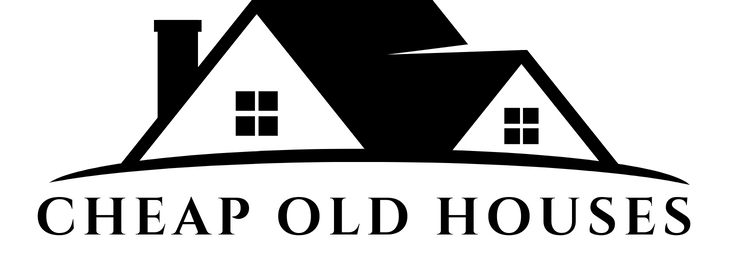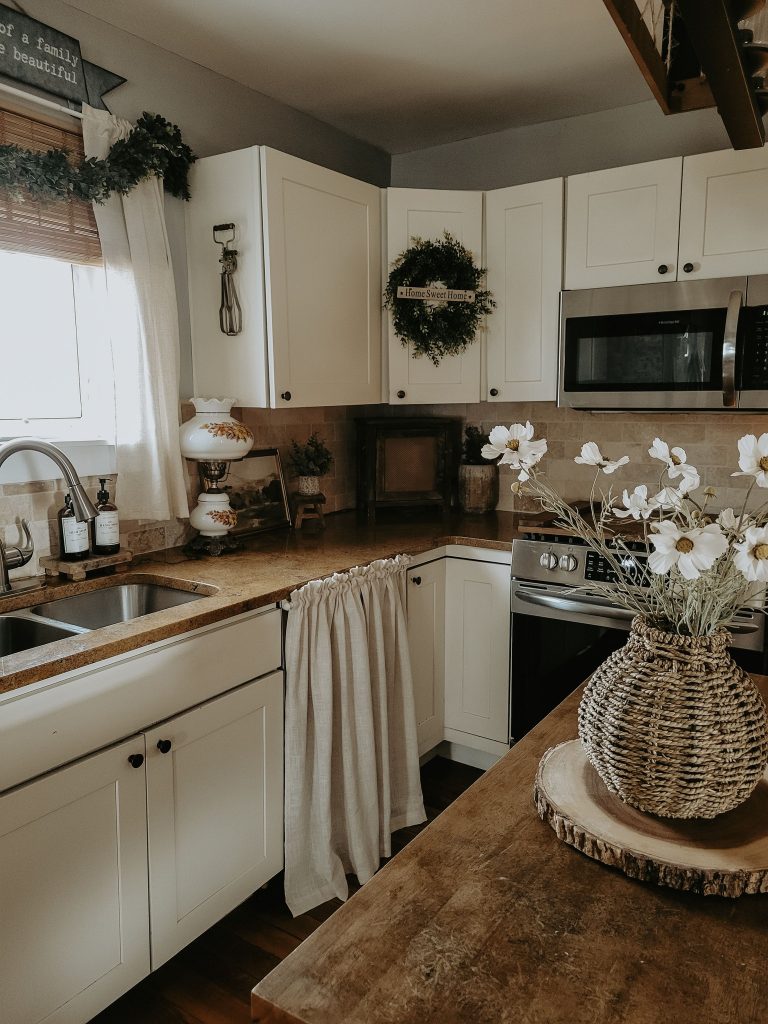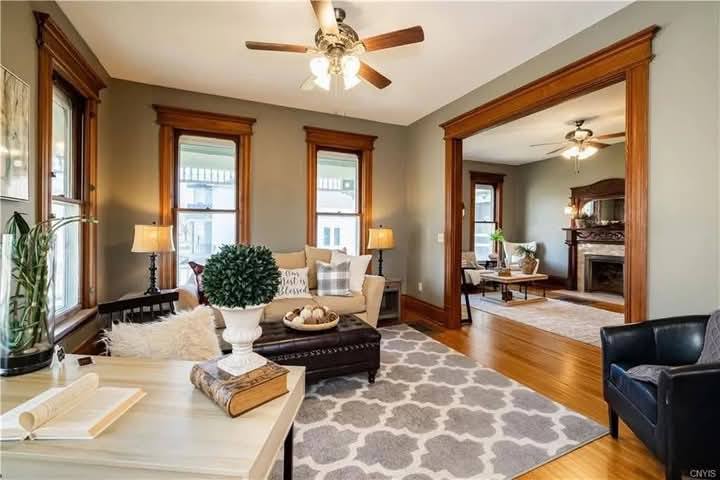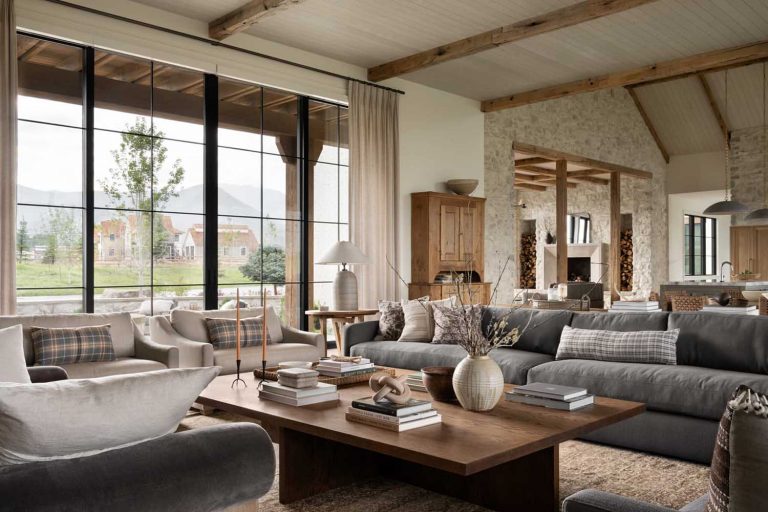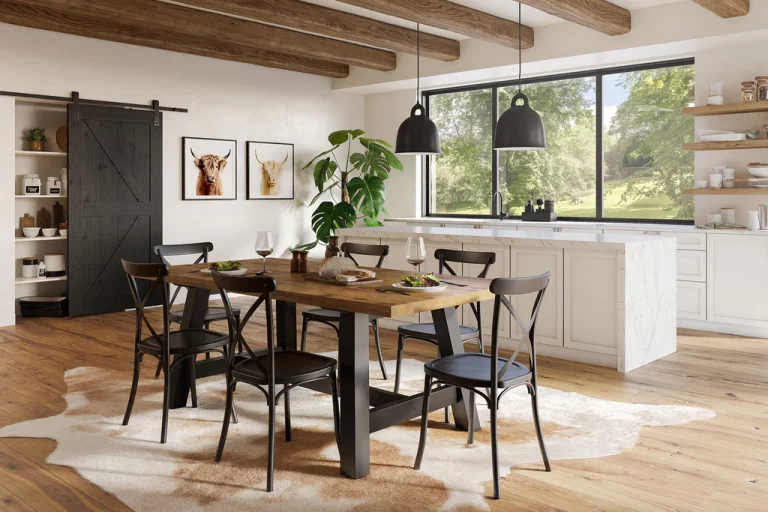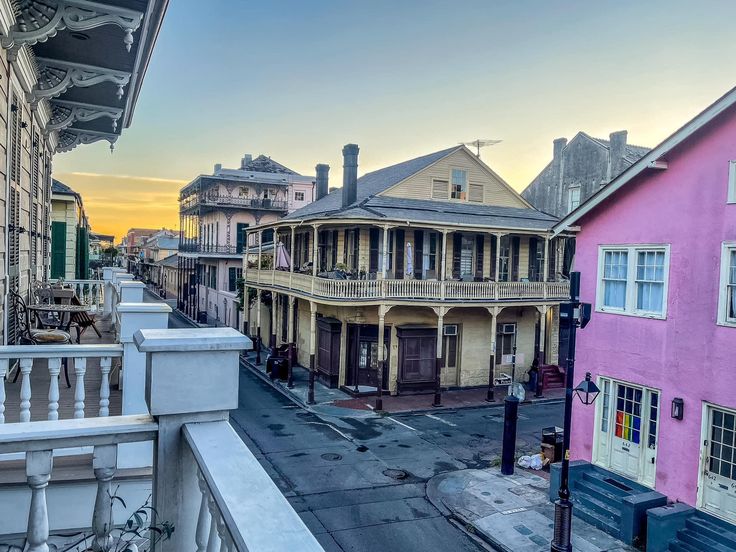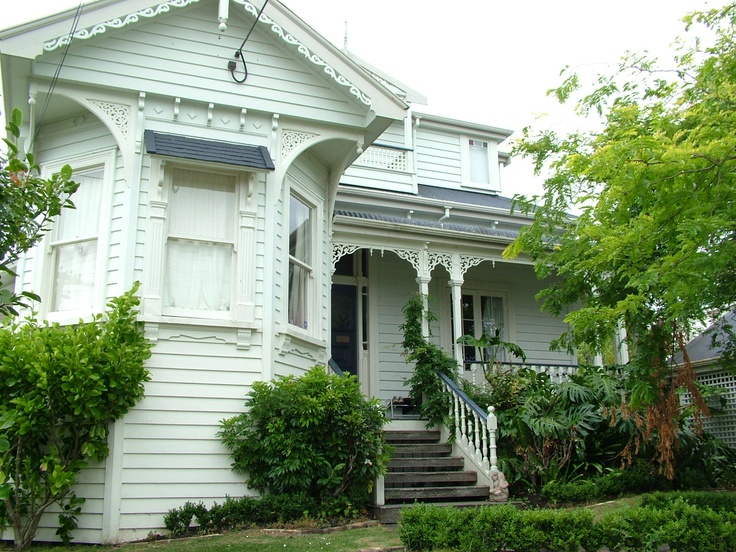Historic homes are not just beautiful architectural works; they also carry unique values that modern homes often cannot match. So, what factors contribute to the value of a historic home? Here are the key elements that determine the value of these properties:
1. History and Cultural Heritage
One of the most significant factors contributing to the value of a historic home is its history and cultural heritage. Historic homes are often associated with important events or famous historical figures. For example, homes that were once the residence of politicians, artists, or scientists tend to have high value due to the rich history they preserve. These homes are not just places to live but also witnesses to significant societal changes.

2. Distinctive Architecture
Architecture plays a crucial role in increasing the value of a historic home. These homes often feature unique architectural characteristics that represent the period in which they were built. For instance, Victorian homes with intricate decorative details, Colonial homes with elegant and refined beauty, or Craftsman-style homes that emphasize craftsmanship and woodwork. These architectural elements set historic homes apart from modern houses, contributing to their higher value.
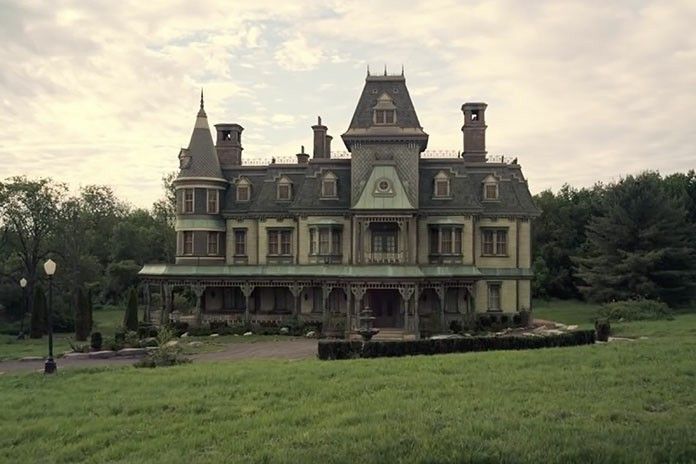
3. Geographical Location
The location of the home is an essential factor in determining its value. Historic homes situated in famous historical districts or neighborhoods with preserved old architecture generally have higher value than those located elsewhere. For instance, historic homes in the old town districts of major cities like New York, San Francisco, or Boston attract history enthusiasts and those seeking unique living spaces.
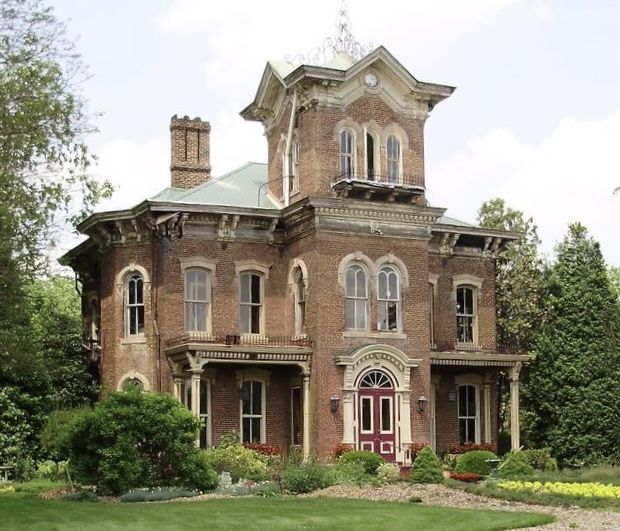
4. Preservation and Renovation Condition
The condition of a historic home, including its preservation and any renovations, directly affects its value. Homes that have been well-preserved and carefully renovated will generally be worth more than those that have deteriorated or have not been properly maintained. Elements like the roof, walls, windows, electrical and plumbing systems, and decorative details all contribute to the overall condition of the home. Historic homes that are renovated to meet modern needs while preserving their historical value tend to have higher market value.
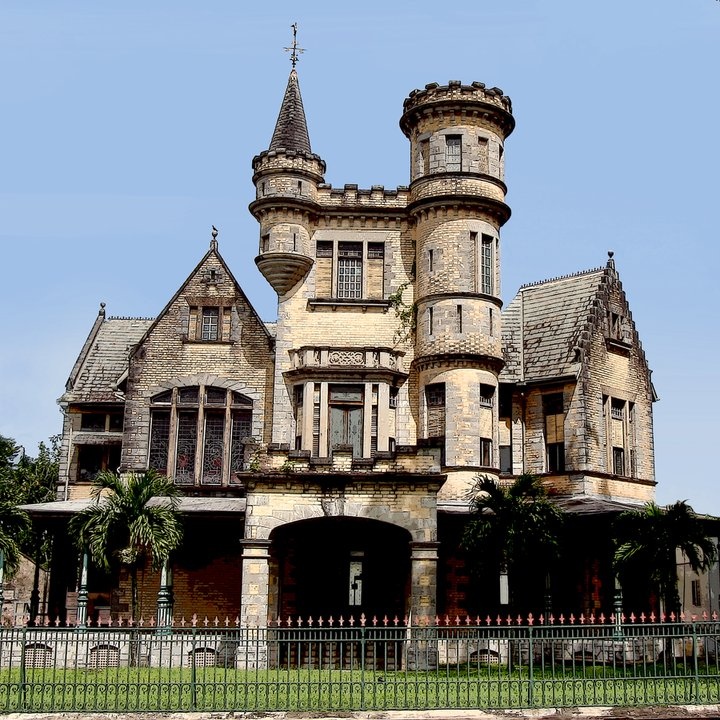
5. Rarity
Rarity is another significant factor in determining the value of a historic home. Homes that are unique or rare, such as those representing a particular architectural style or being the only remaining example of a certain design in the area, tend to command higher prices. With limited availability and growing demand, these homes become valuable assets over time.
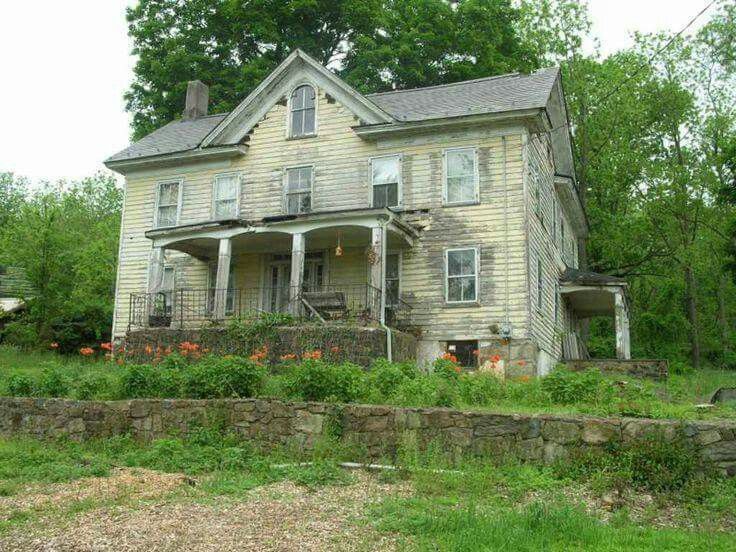
6. Design Features and Interior Details
The design features and interior details of a historic home also greatly influence its value. Homes with high-quality materials, intricate decorative elements, or special designs are particularly attractive and valuable. Features such as wooden staircases, stained-glass windows, or vintage murals can be standout elements that further enhance a home’s value.
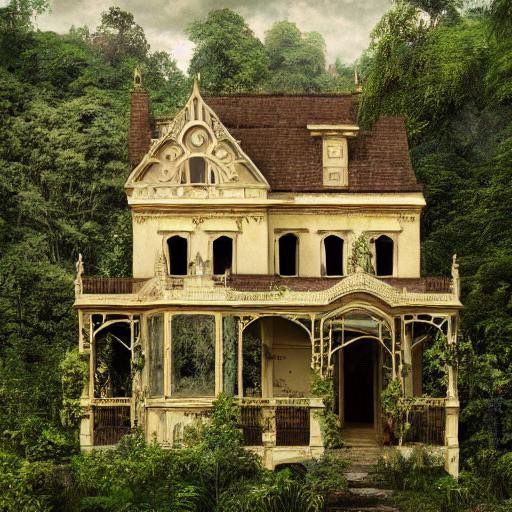
7. Market Demand
Finally, market demand plays a significant role in the value of a historic home. If an area is experiencing growth and there is a high demand for historic properties to buy or renovate, the value of these homes will increase. In recent years, there has been a growing trend for people seeking homes with classic, vintage charm, and many are willing to pay a premium for homes with historical significance.
In summary, the value of a historic home is not just derived from physical elements like architecture or condition but also from its history, cultural significance, and market demand. These homes carry fascinating stories and are valuable assets not only for the owner but also for the community. If you’re considering purchasing a home with lasting value, choosing a historic home could be a wise decision.
